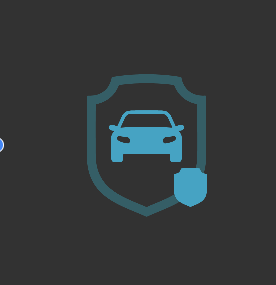Homeownership is a significant milestone in one’s life, representing stability, security, and a sense of accomplishment. However, along with the joys of owning a home comes the responsibility of protecting it from unforeseen events. This is where home insurance plays a crucial role. In this comprehensive guide, we will delve into the intricacies of home insurance, its importance, coverage options, and tips for selecting the right policy.
Related Ads
The Basics of Home Insurance
Home insurance, also known as homeowners insurance, is a financial product that provides protection for your home and its contents against various risks and perils. These risks may include natural disasters, theft, vandalism, and liability for accidents that occur on your property. Home insurance typically consists of two main components:
- Dwelling Coverage: This aspect of home insurance protects the structure of your home, including the walls, roof, floors, built-in appliances, and other structural components, against covered perils.
- Personal Property Coverage: This component covers your personal belongings, such as furniture, electronics, clothing, and other valuables, in the event of covered perils like theft, fire, or natural disasters.
Importance of Home Insurance
- Financial Protection: Home insurance provides a safety net that helps homeowners recover financially from unexpected events. Whether it’s repairing a damaged roof or replacing stolen possessions, having insurance coverage can ease the financial burden.
- Liability Coverage: Home insurance includes liability coverage, which protects you if someone is injured on your property or if you accidentally damage someone else’s property. This coverage can help cover legal expenses and medical bills, offering peace of mind.
- Mortgage Requirement: Many mortgage lenders require homeowners to have insurance as a condition for obtaining a mortgage. This is because the lender wants to ensure that their investment—the home—is adequately protected.
III. Types of Home Insurance Coverage
- Named Perils vs. Open Perils: Named perils policies specify the events or risks covered, while open perils policies cover all perils except those explicitly excluded. Understanding these distinctions is crucial in choosing the right policy for your needs.
- Additional Coverages: Home insurance policies often include additional coverages, such as coverage for detached structures (e.g., a garage or shed), additional living expenses (e.g., hotel expenses if your home is uninhabitable), and medical payments coverage.
Choosing the Right Home Insurance
- Assess Your Needs: Evaluate the value of your home and possessions, as well as potential risks in your area. This assessment will guide you in determining the appropriate coverage amounts.
- Compare Policies: Shop around and compare home insurance policies from different providers. Consider factors such as coverage limits, deductibles, and customer reviews to make an informed decision.
- Bundle Policies: Many insurance providers offer discounts if you bundle home and auto insurance. Consolidating your policies with one provider can result in cost savings.
- Review Annually: Regularly review and update your home insurance policy to ensure it reflects any changes in your home’s value, possessions, or lifestyle.
Conclusion
Home insurance is a fundamental aspect of responsible homeownership, offering financial protection and peace of mind. By understanding the basics of home insurance, recognizing its importance, and selecting the right coverage for your needs, you can safeguard your home and loved ones from unexpected events. Take the time to assess your requirements, compare policies, and make an informed decision to ensure that your home remains a safe haven for years to come


